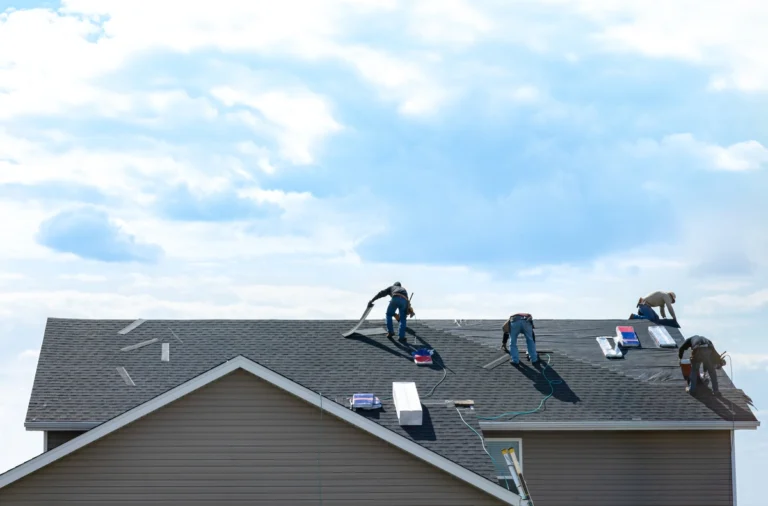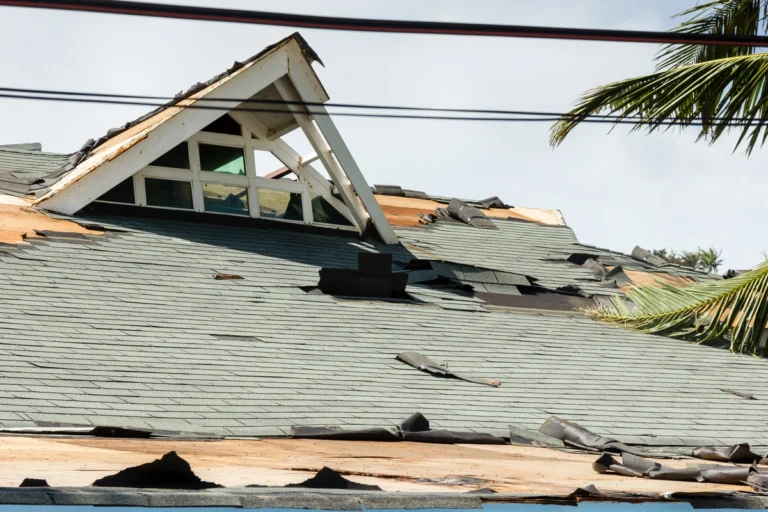These days, most of us are trying to be more eco-conscious in our daily lives. Maybe you are trying to cut down on single waste plastics or buy more locally made goods. Or, maybe you’re like the millions of homeowners across the globe who are considering switching to solar panels.
Despite having been around for years, solar panels still sometimes feel like the technology of the future. Not only do you not see many people using them, but they also have a reputation for being expensive.
Many homeowners attempt to cut costs by installing solar panels on their own. But is it worth the extra work? That’s what we’re going to try to determine. We’ll be breaking down:
- Why solar panels may be right for you
- How to properly install them on your own
- When to call a professional
Keep reading for our best tips and tricks!
Pros and Cons of Installing Solar Panels
Choosing whether or not to install solar panels on your roof is a big decision. You want to make sure that it is the right choice for you and your home. Here are some pros and cons to consider closely before taking the leap.
✅ Pros:
- Energy Efficiency – Of course, one of the biggest draws when it comes to solar panels is how energy efficient they are. A well-placed solar panel can help to power your whole home, cutting your energy bills down to almost zero.
- Eco-Friendly – Solar panels are a great way to reduce your carbon footprint. In fact, installing solar panels has been proven to eliminate 121-138 metric tons of CO2 per year.
- Increase Home Value – Solar panels are a hot ticket item and can significantly increase your home’s resale value.
- Use Incentive Programs – Many homeowners are intimidated by the cost of solar panel installation. However, many states offer incentive programs to help shoulder the costs and help conserve energy.
- Works With All Roofs – If you own property, you may be concerned that you don’t have the right roof for solar panels. The good news? Almost all roofing materials are compatible with a solar panel system. From asphalt shingles to metal roofs, solar installation is possible for it all!
❌ Cons:
- Cost – The truth is that solar panels are expensive, costing around $20,000 for a 2000-square-foot home. While you can make use of government funds to help, you should be prepared to spend a significant amount of money.
- Long Profit Time – One of the many benefits that are frequently talked about with solar panels is that you will earn back the money that you spend on them over time. While that is true, you may have to wait multiple years in order to break even.
- Professional Installation – In most cases, you will need to hire professional solar panel installers, which means labor costs, and finding a specialist in your area to assist you. Depending on where you live, this can be tricky.
Can You Install Your Own Solar Panels?

Considering installing your own solar panels? We won’t tell you that you can’t do it. After all, it is your home!
In general, though, solar panels require a deep understanding of the science behind it, in order for them to work effectively. That’s why we always recommend contacting your local roofing contractor in order to ensure that your solar panels are properly installed.
6 Steps to Install Solar Panels
If you are determined to go the DIY route, here are the six steps you should take to get the most out of your solar panels.
1) Plan Ahead
Before jumping in, it is important to plan ahead. This means that you will have to observe your roof to make sure that it gets enough sunlight for your solar panel system to work.
Additionally, it is important that you obtain the proper permits. This can take up to two months, so it is a good idea to get started on the permit process as soon as possible.
Lastly, you’ll want to stock up on the necessary tools, including:
- Roof sealant
- Photovoltaic panels
- Racking system
- Electrical wiring components
- Battery
- Metal cutting saw
- Charge controller
2) Get a Roof Inspection
Before attempting a DIY solar panel installation, we recommend setting up a roof inspection with your local contractor. They can make sure that your existing roof is in good shape and can handle the extra weight of the solar panels. Depending on your roofing material, you may need to make some minor repairs or add reinforcements to protect your home.
3) Install Rack System
You’ll next want to install the rack system for your solar panels. You’ll want to start by measuring and marking out the spacing of your racks on your roof. You can then follow the manufacturer’s instructions to properly attach the rack. Finish by sealing any holes with roofing caulk or tar.
4) Install Solar Panels

Time for the moment you’ve been waiting for. It’s time for mounting solar panels! Use the clamps to attach solar panels to the racks, and then wire the individual panels together.
5) Install Electrical Components
Once the panels are in place, you’ll want to finish by installing the other components, including the heat sink, charge controller, and batteries, as the manufacturer instructs you to.
6) Enjoy Your Solar Power!
Now, all that’s left to do is to wait for the sun to shine and enjoy the clean energy in your home! You’ll soon see all the benefits that come with a solar panel system.
Work With the Industry’s Best!
If you are looking for professional assistance with your solar panel installation, Bay Valley Roofing is here to help! We are experts in all things roofing and solar and can help you to find roofing solutions that work for your home and budget. Contact us today to set up your free roof inspection!





